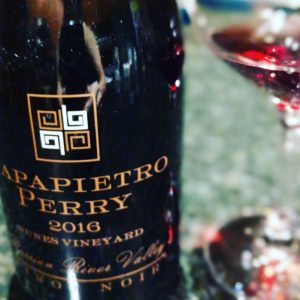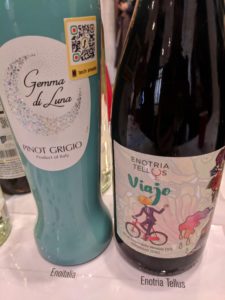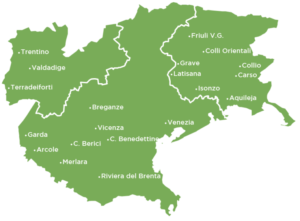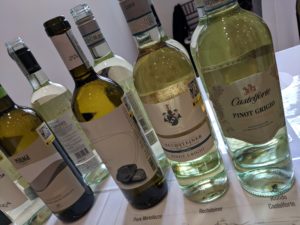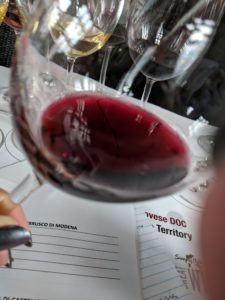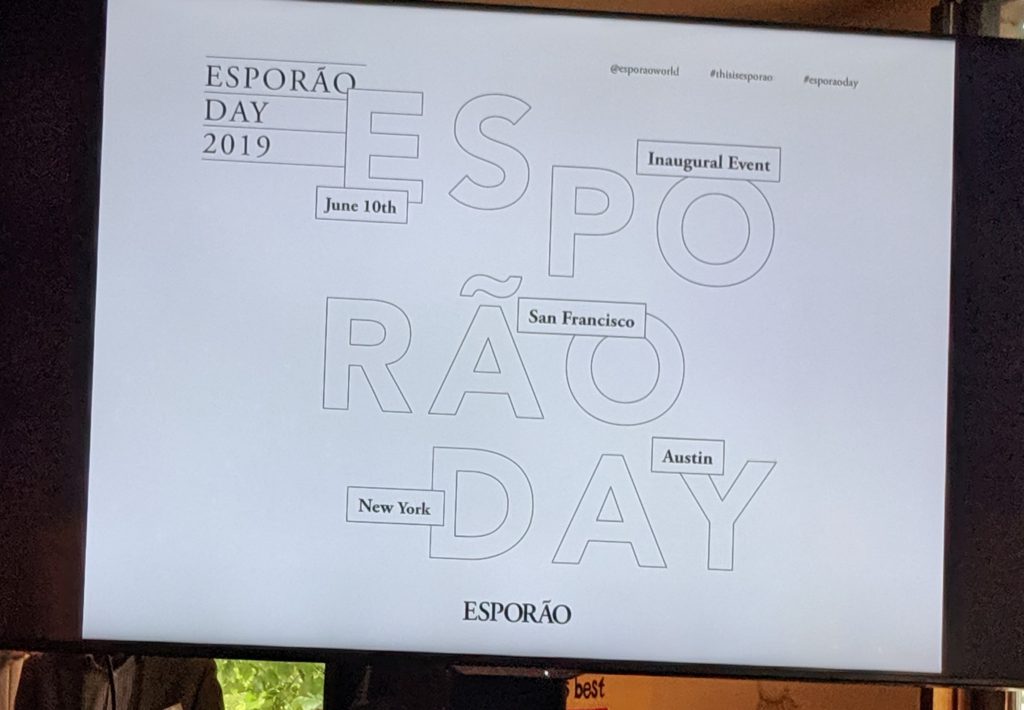
While Americans observed their historic founding on July 4th, the Portuguese celebrated similarly last month. In particular, June 10 marked the occasion of Portugal Day, a celebration of Portugal’s history and culture, first championed by the country’s poet Luís de Camões. Camões, who died on June 10, 1580, was highly regarded for his epic poem praising and recording the accomplishments of the Portuguese Empire, forever linking him to this holiday.
Although Portugal Day is generally only acknowledged at home (in Portugal), this year, two wonderful wine events provided a great way to hail Portugal’s vinous culture: Esporão Day and a luncheon featuring wines from Vinho Verde’s Monção and Melgaço subregion. And, after tasting through glass after glass, it is evident that Portugal has reason to rejoice these days!
The fictitious, yet no less delicious, “Esporão Day,” was hosted in New York by Master Sommelier, Alex LaPratt, and included a guided tasting of six whites and six reds, expertly paired with two savory courses prepared by Hearth Restaurant in the East Village. The whites were accompanied by head-on prawns with spring vegetable ragu, butter and white wine, while the reds were served alongside beef and ricotta meatballs with “cacio e pepe” polenta.
At the center of the event was Portuguese wine brand Esporão. Established in 1973 with the aim of producing fine wine in the Alentejo region, its first foray into the industry was with the acquisition of the Herdade do Esporão estate. With 750 years of history, this storied land is home to three historical monuments – tower, arch and a chapel – as well as cork oak forests and 1710 acres of vineyards, olive groves and fruit orchards. The vineyards are planted to 40 different grape varieties and there are four different types of olives grown. The cellars were built in 1987, with separate facilities for red and white production.
After achieving success in the Alentejo, Esporão set its sights on the Douro, purchasing the Quinta dos Murcas estate in 2008. Another historic property, Quinta dos Murcas has been growing grapes since 1714, with 383 acres spread over 8 diverse terroirs. In 1947, the estate was the first to be planted vertically, with high density to stabilitze the soil against erosion on the steep (42 degree) incline.
Both estates emphasize sustainability practices and a dedication to organic farming. In this regard, Esporão hopes to be fully organically certified by 2021.
Today, the company is presently comprised of the two wine labels, olive oil production and, since 2018, the addition of a brewery, Sovina, which was the first craft beer in Portugal when founded in 2008.
Esporao’s chief winemaker, David Baverstock, is originally from Adelaide, Australia and has been with the company since 1992. He was joined in his efforts in 2016 by colleague Sandra Alves who oversees the red wines. Meanwhile, in the Douro, wine production is directed by Jose Luis Moreira da Silva.

TASTING NOTES
WHITES
*Assobio Branco 2018 – Named for the word whistle due to the sound that the wind makes as it travels through this 2300-foot-elevation vineyard, the wine offers up aromas of floral and peach. The palate is dry, with concentrated fruit flavors, medium acidity, medium+ body and long length.
Monte Velho Branco 2018 – Produced with 50% estate and 50% purchased fruit, this wine features citrus, grapefruit and pith notes, and, while dry, there is a hint of ripeness on the attack; medium+ acidity, long length.
Esporão Verdelho Branco 2017 – With Verdelho being the 6th most planted grape in Alentejo, this grape has become much more well known. This wine displays smoke, richness and nuttiness on the full-bodied palate with medium acidity and long length.
*Esporão Colheita Branco 2018 – A beautiful wine with lovely freshness, salinity, medium+ body, flavors of pear and spice, culminating in long length.
Esporão Reserva Branco 2017 – This barrel-fermented, white blend shows spice, oak, bruised apple and nuts, along with its full body and long length.
*Esporão Private Selection Branco 2016 – Bringing together 95% Semillon and 5% field blend, sourced from a clay soil vineyard, this wine has a gorgeous nose, showing some slight development with hints of smoke, lees and oak. Full-bodied with long length, the oak lingers in finish of this very textural wine.
REDS
*Assobio Tinto 2011 – This medium-bodied red offers up aromas of berries and smoke. It is fresh with lively acidity on the palate and can take a chill, making it an excellent choice for warmer weather.
*Esporão Colheita Tinto 2017 – With a dark and brooding nose, this wine delivers more red fruit on the palate, with slight oak, medium- tannins, bright acidity and long length.
Quinta dos Murcas Minas Tinto 2017 – Intense aromas of bramble fruit, dried herbs, and a hint of oak greet the nose, with these flavors persisting on the palate and culminating in long length.
Quinta dos Murcas Reserva Tinto 2012 – This wine spends one year in barrel and four years in bottle before its release. It displays notes of oak, smoke, black fruit, and meatiness. The palate is intense and concentrated with black fruit, granite/ mineral, firm tannins, full body and long length.
Esporão Reserva Tinto 2011 – This powerful, yet restrained, wine was first produced in 1985 and sports attractive artwork on the label each year. The nose and palate feature red and black fruit, well integrated oak, firm tannins, full body and long length.
*Esporão Private Selection Tinto 2011 – A pronounced nose of black and blue fruit, gives way to vanilla, oak, iron and meatiness on the dry, full-bodied palate along with very firm tannins and long length.
*Denotes my favorite wines of the tasting.

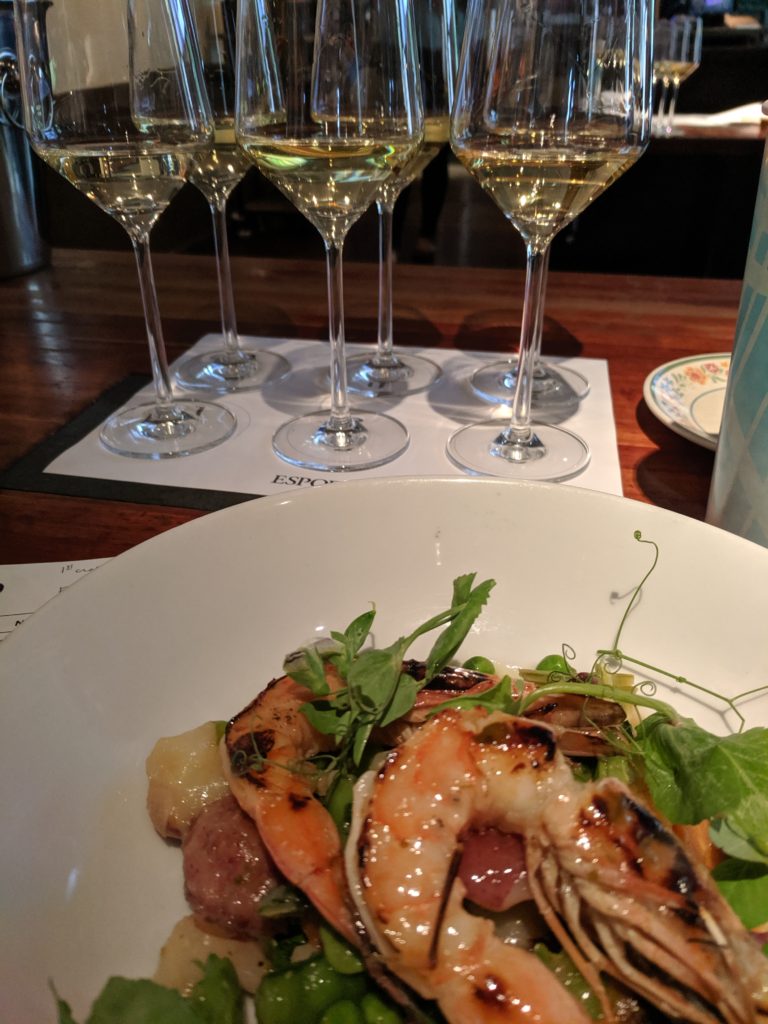
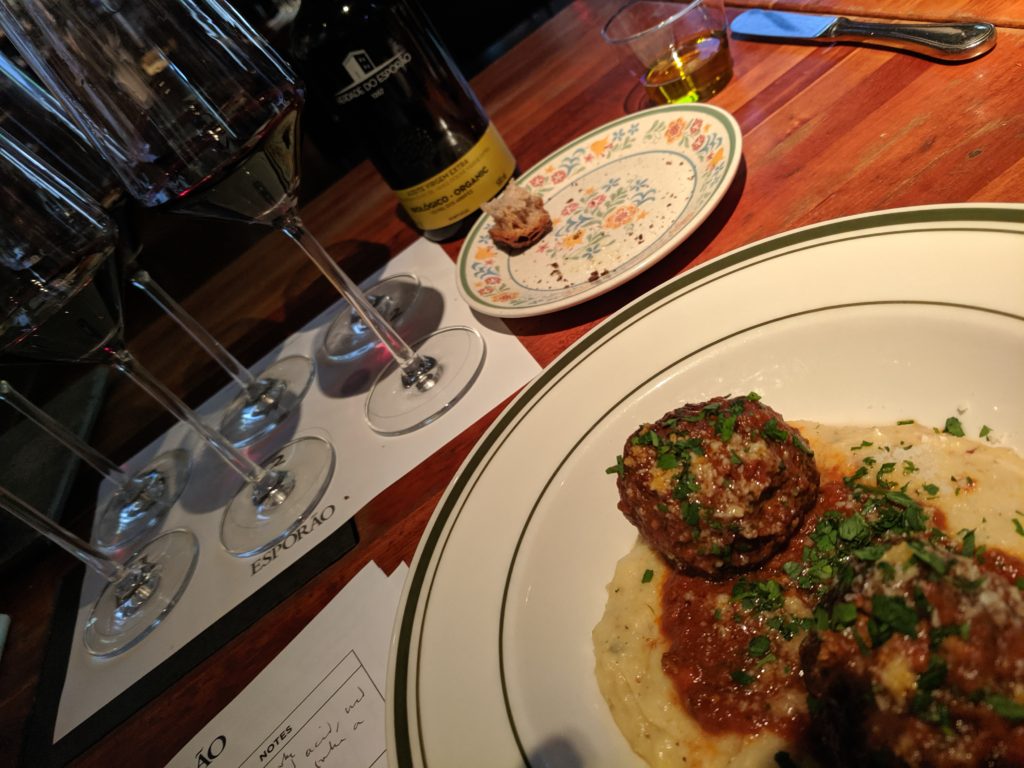
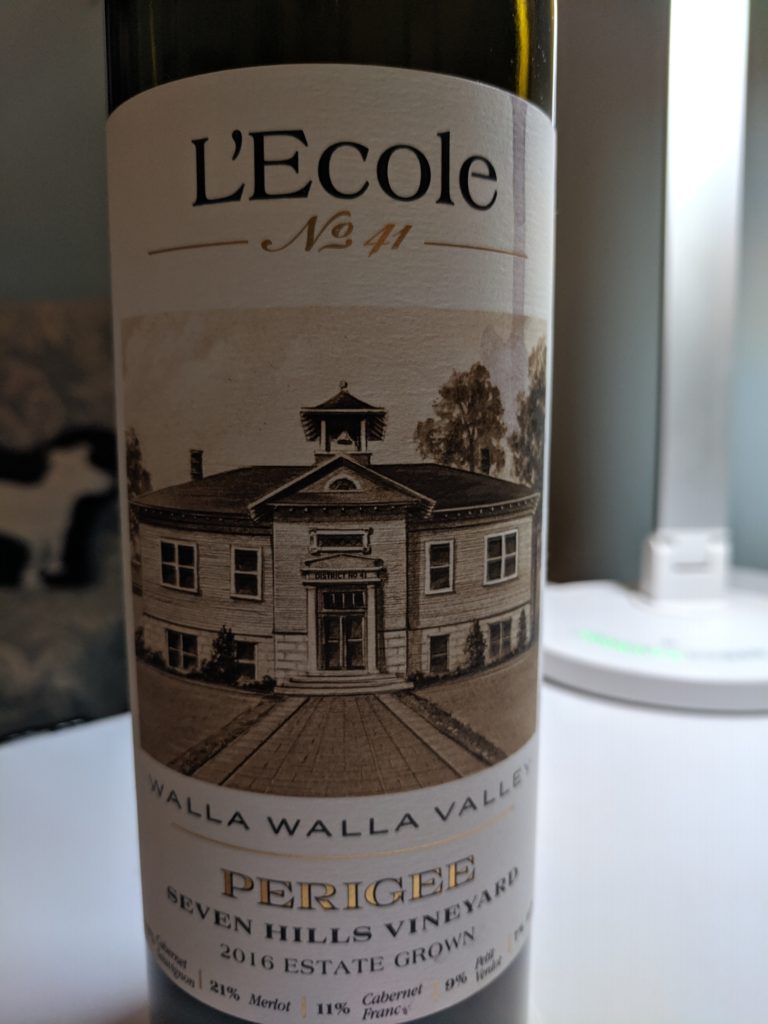
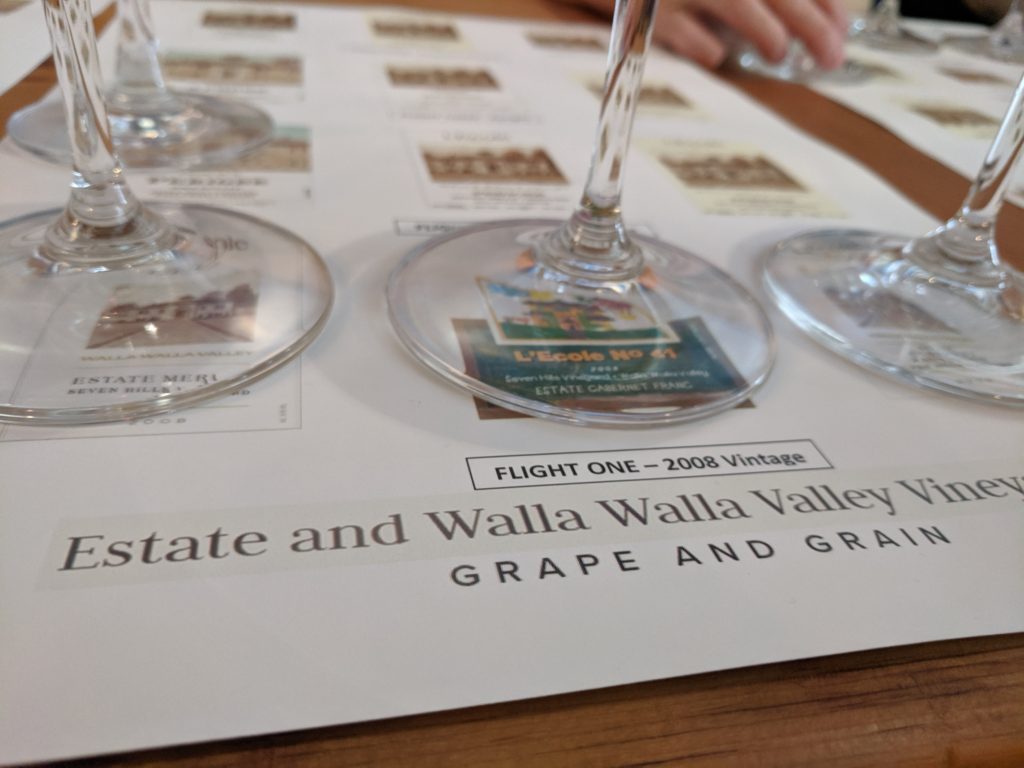
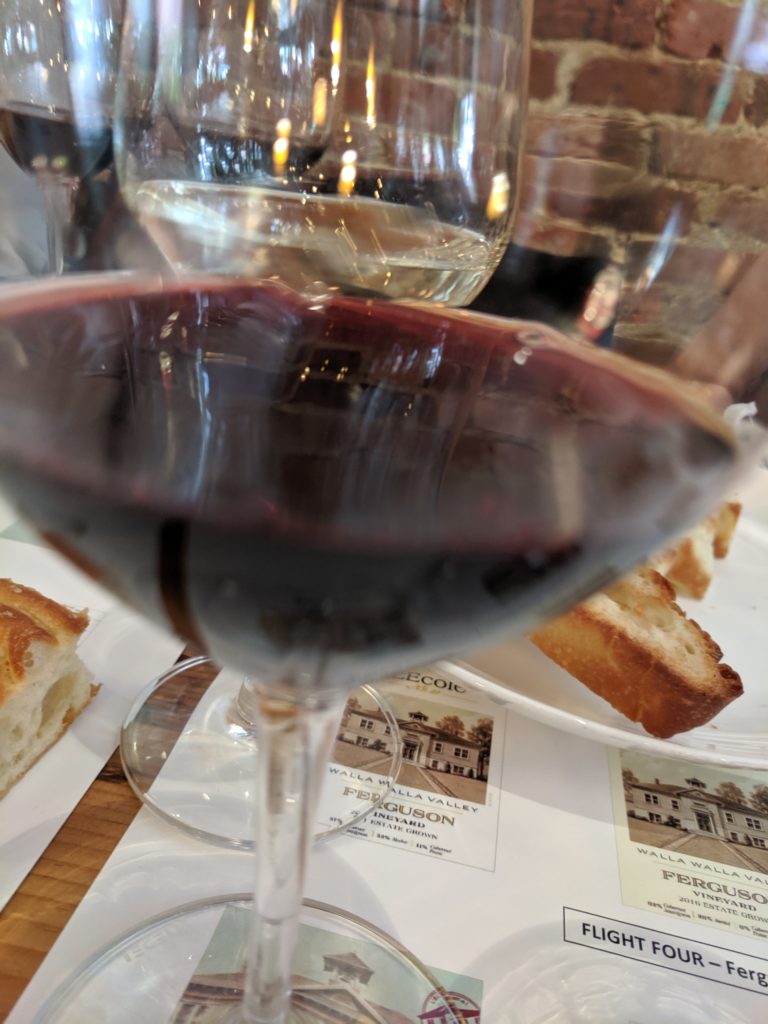
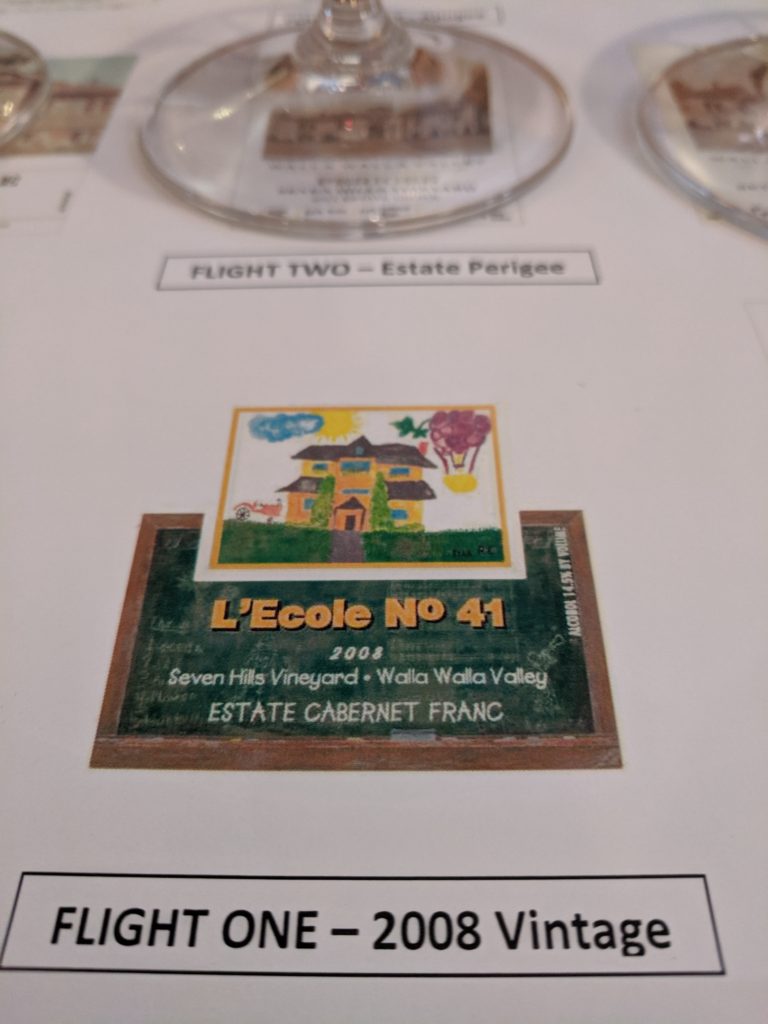

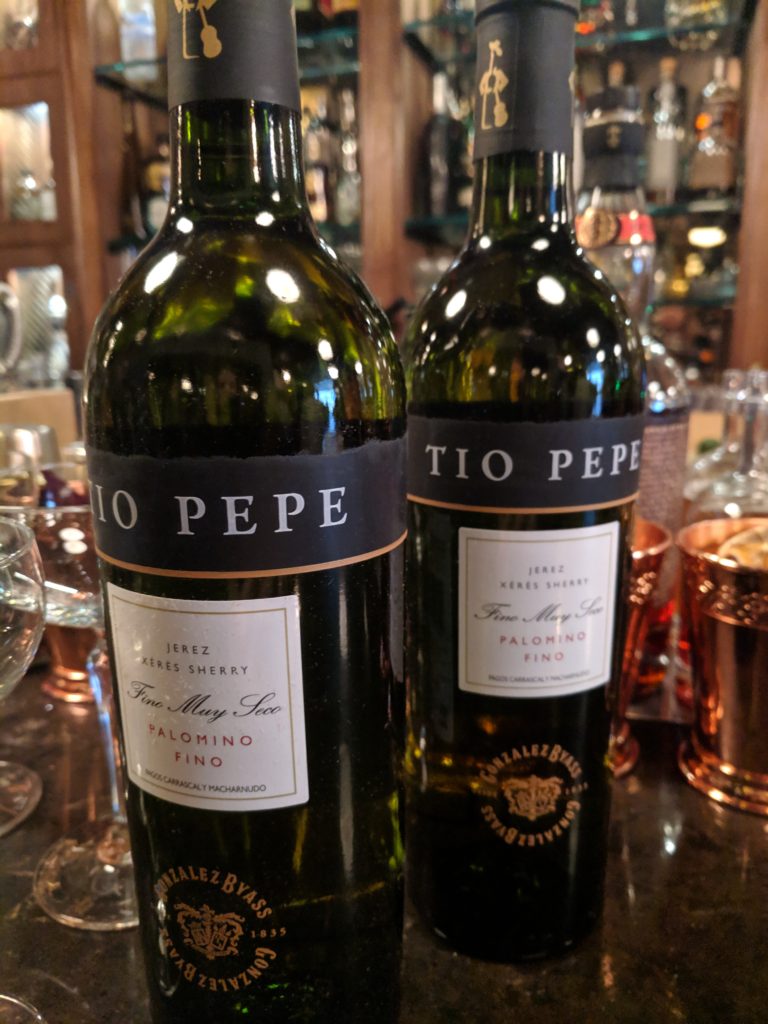
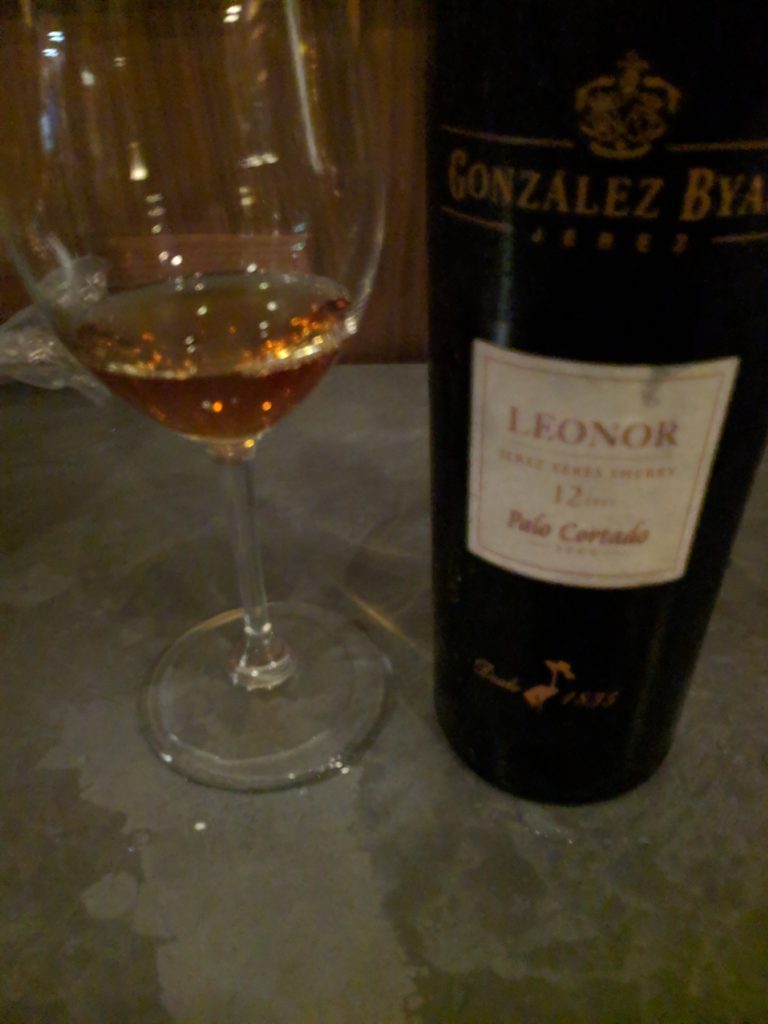
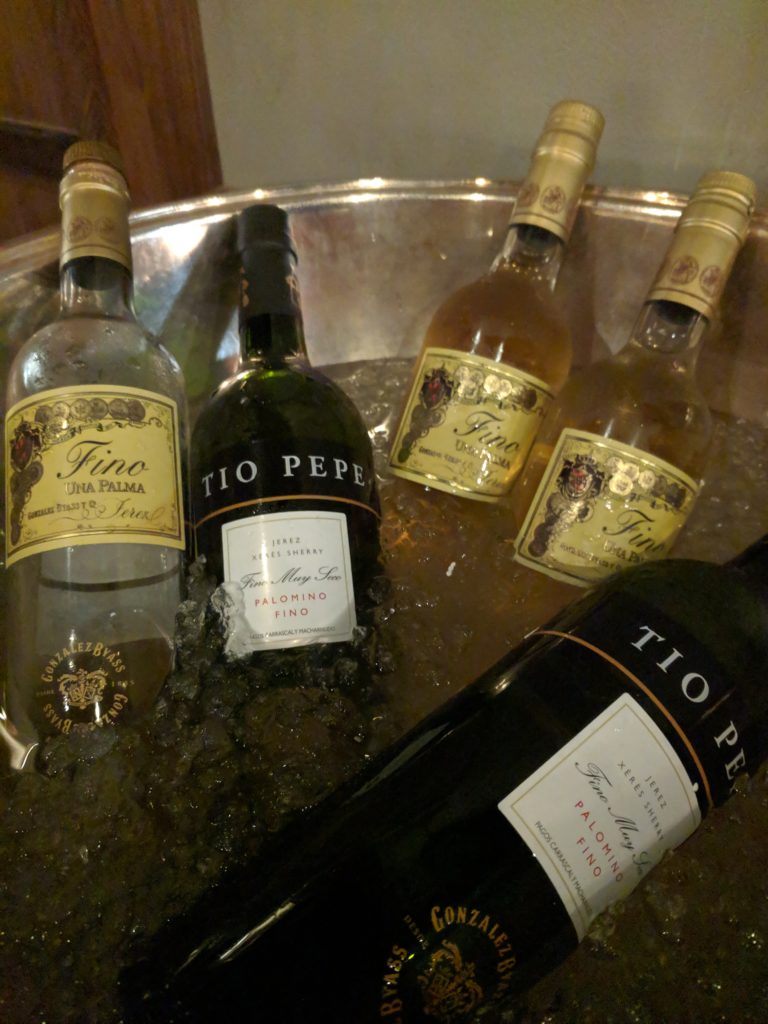
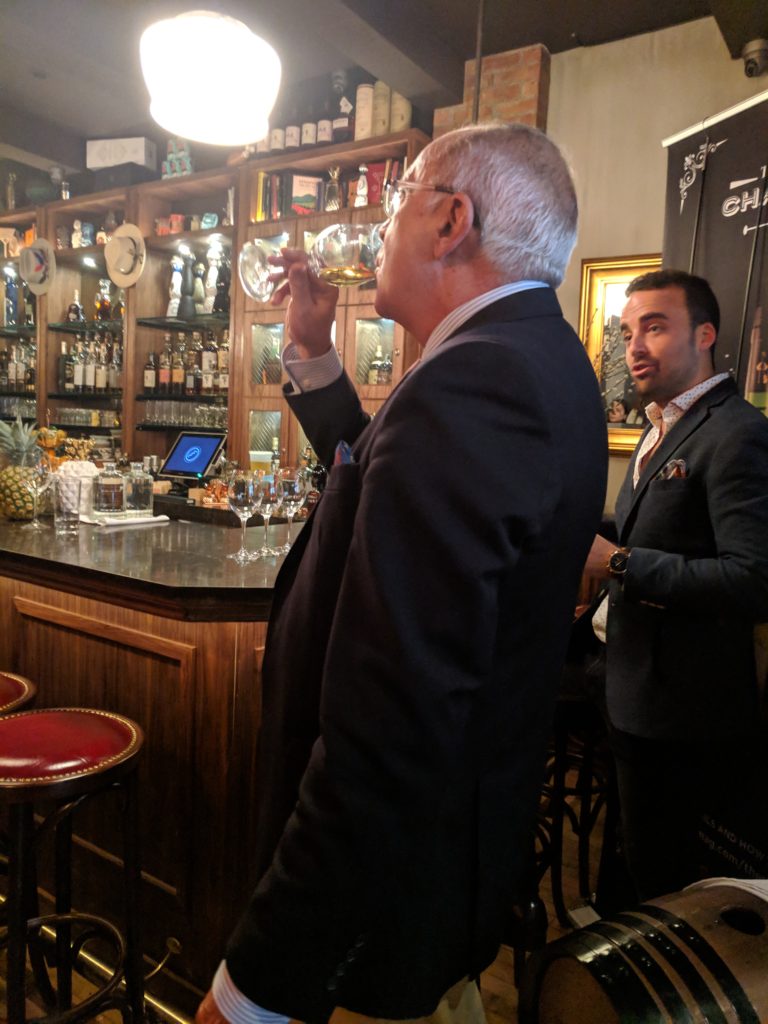
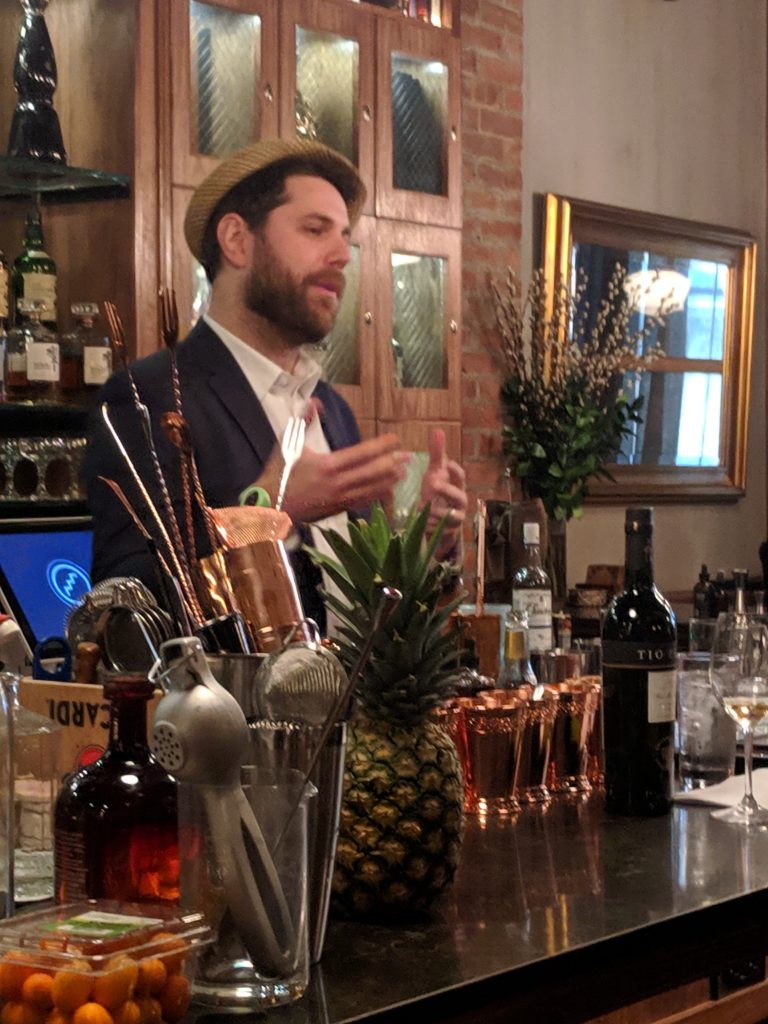
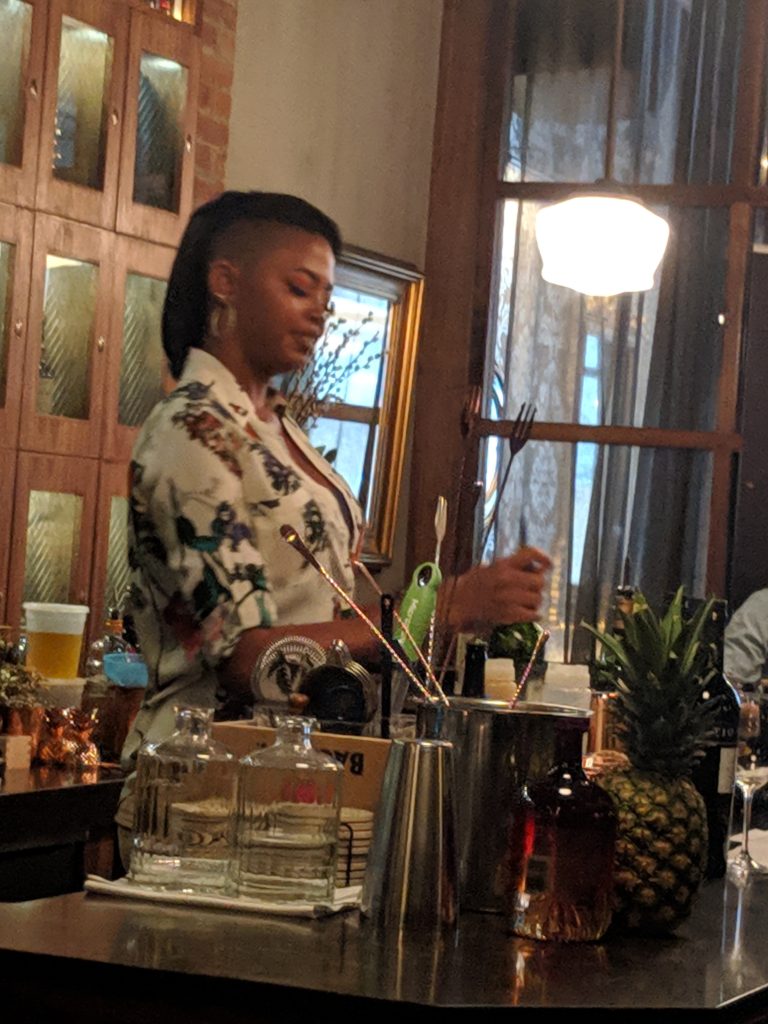
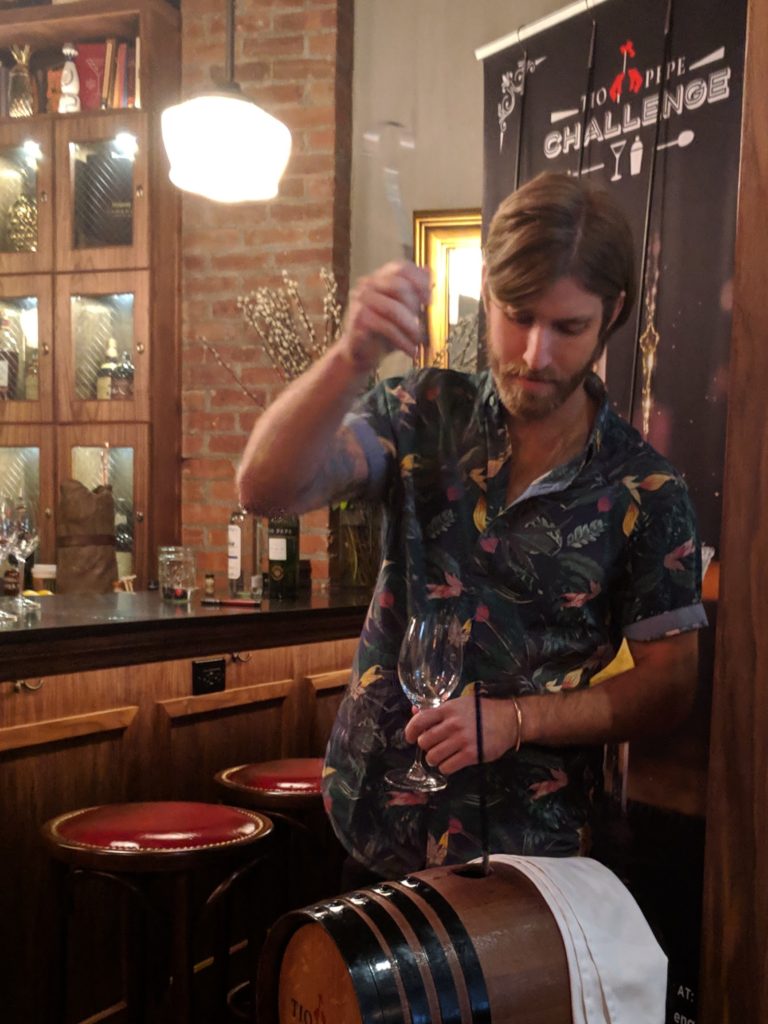
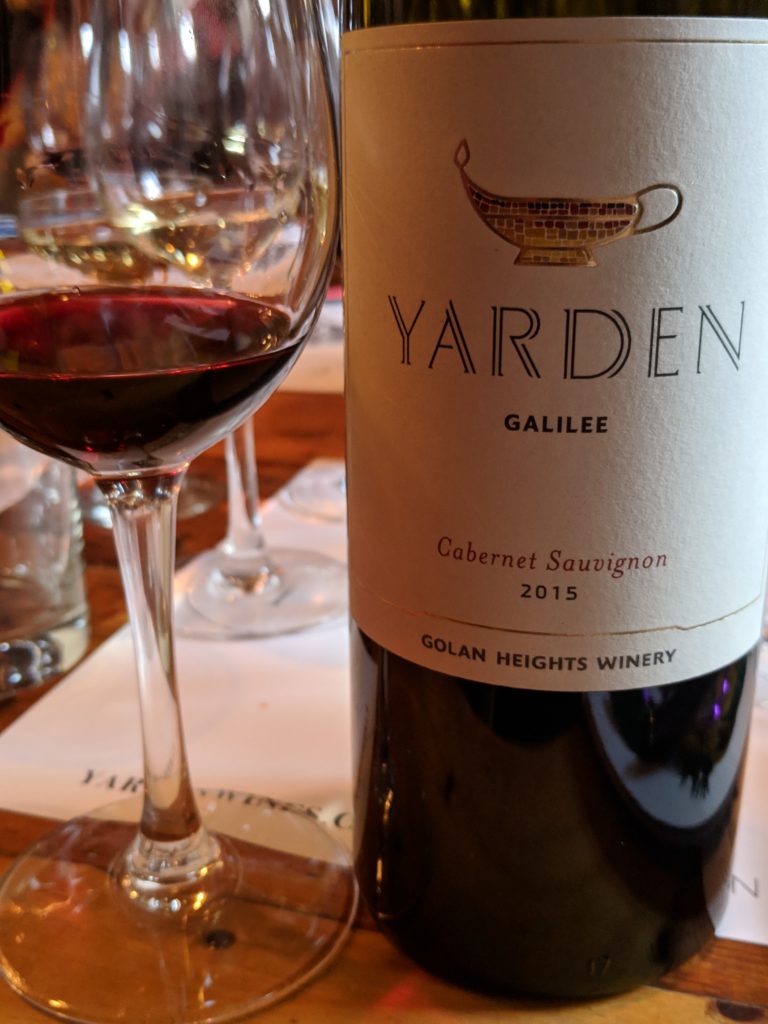
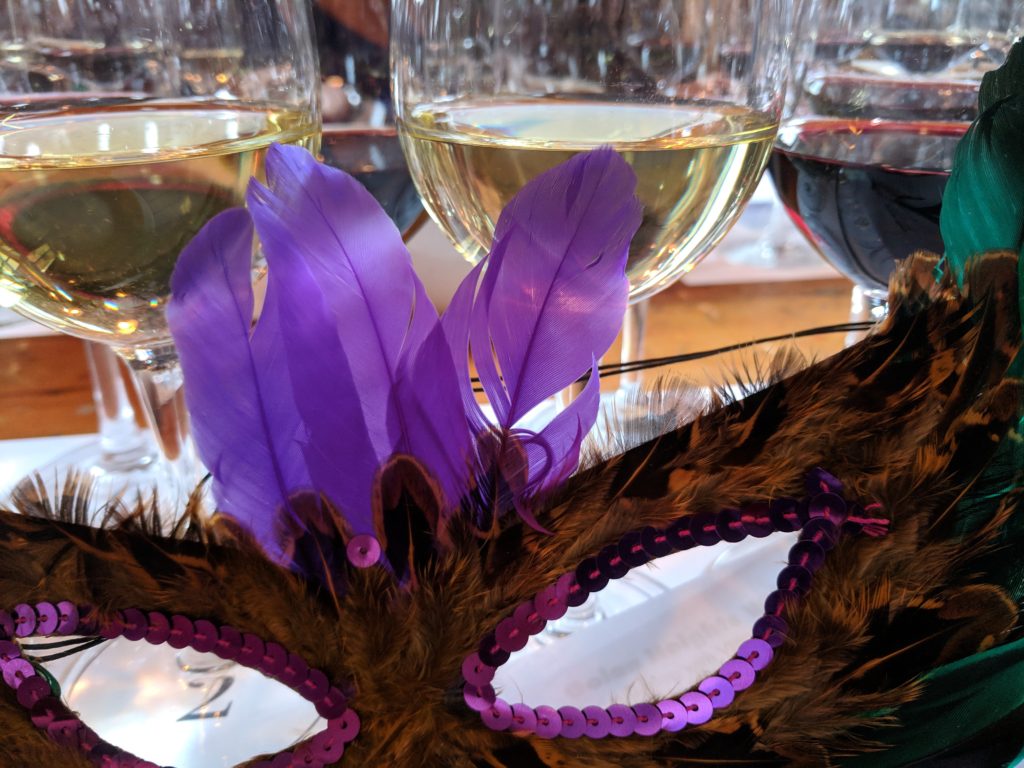
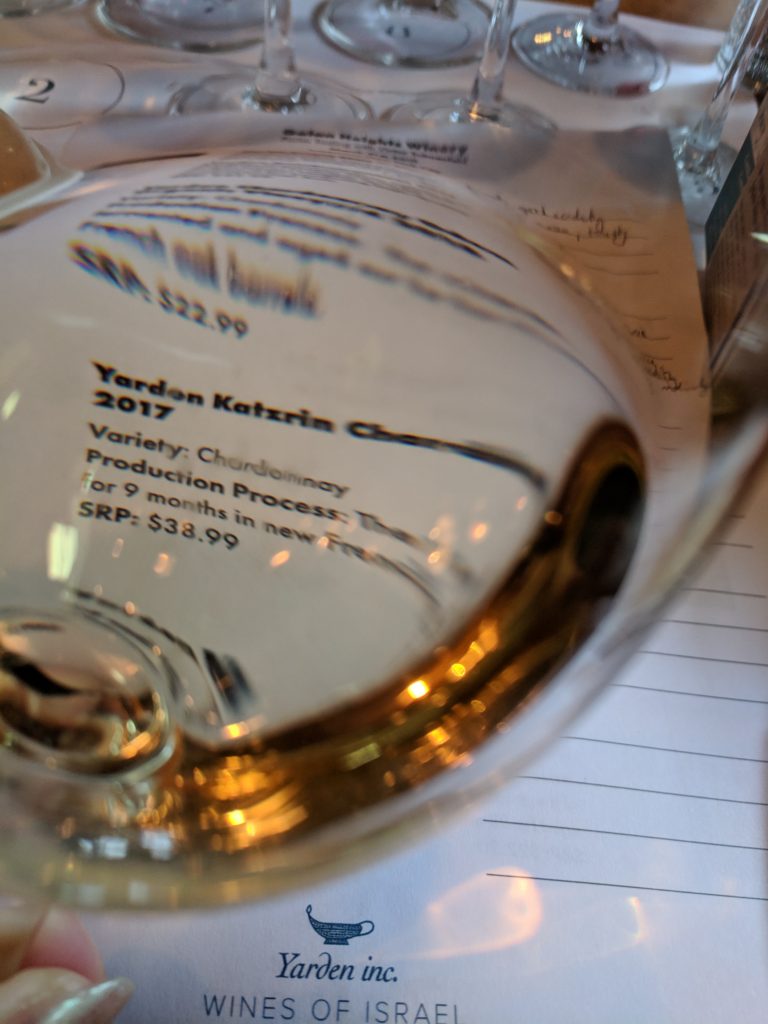
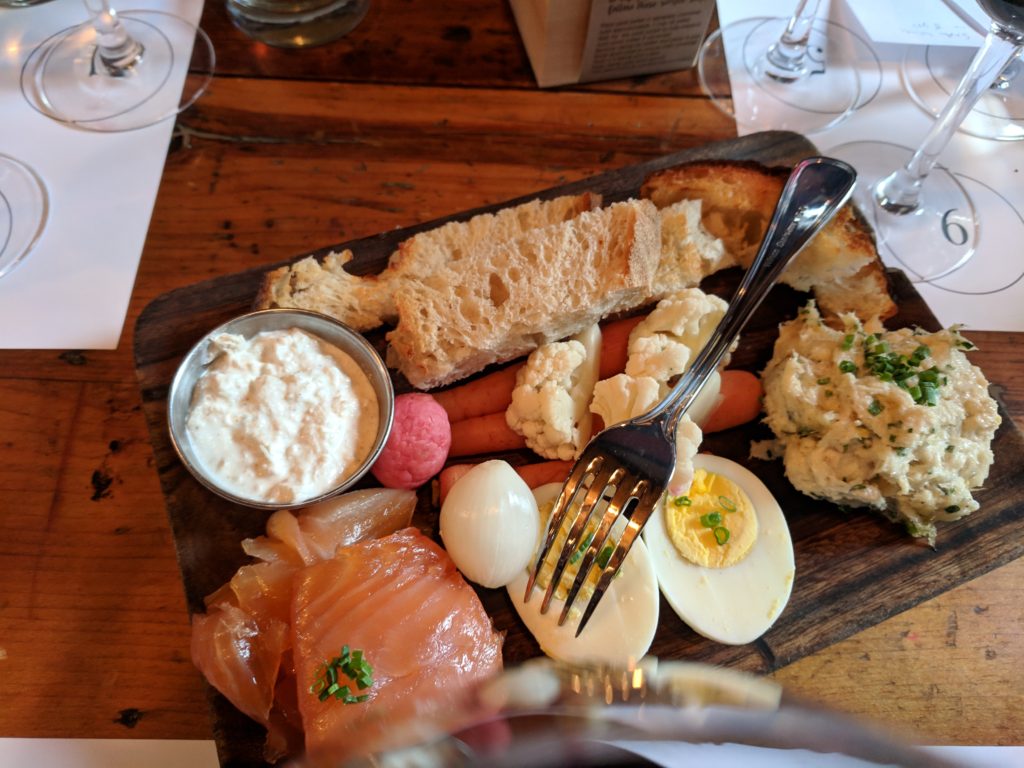
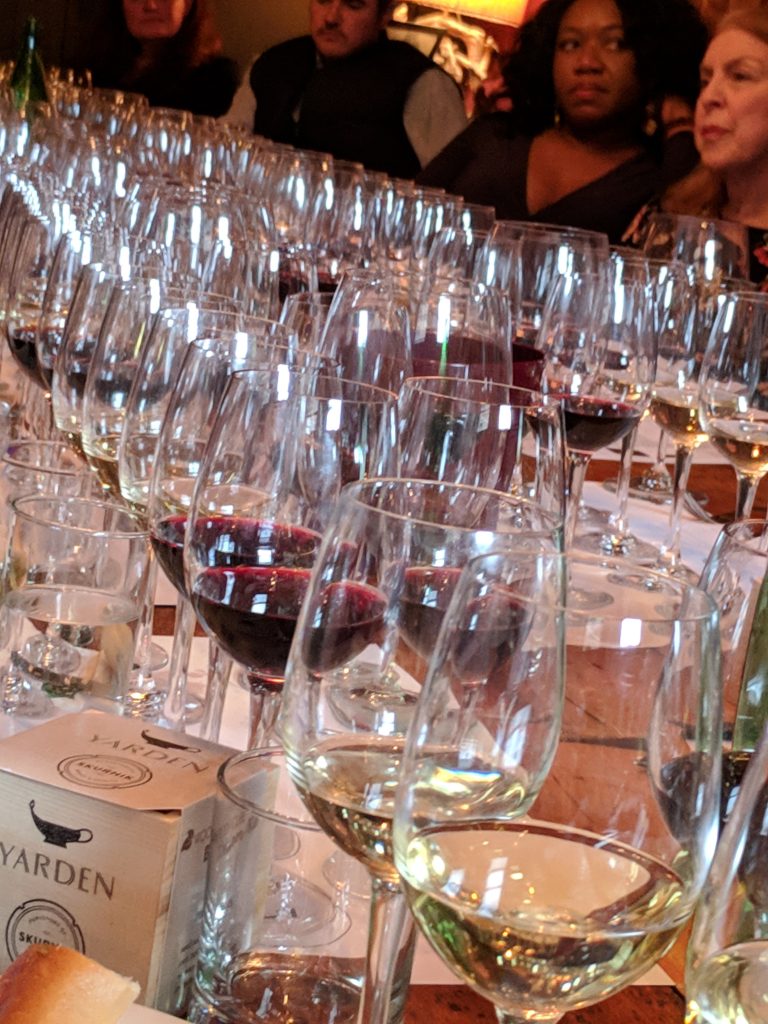

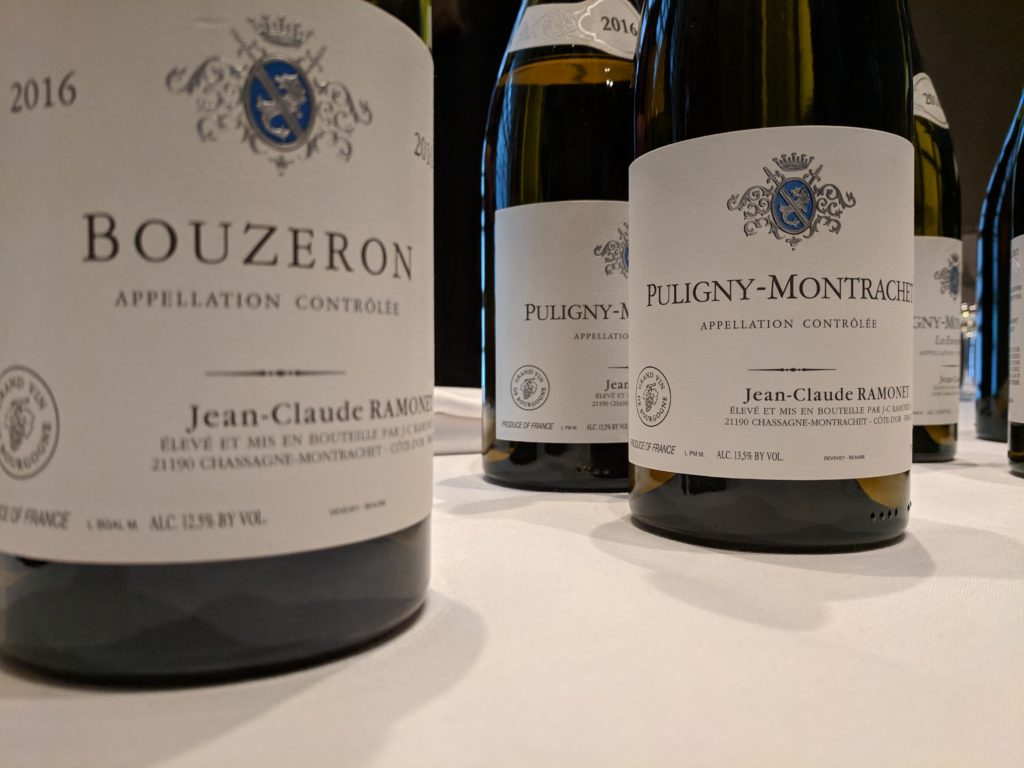
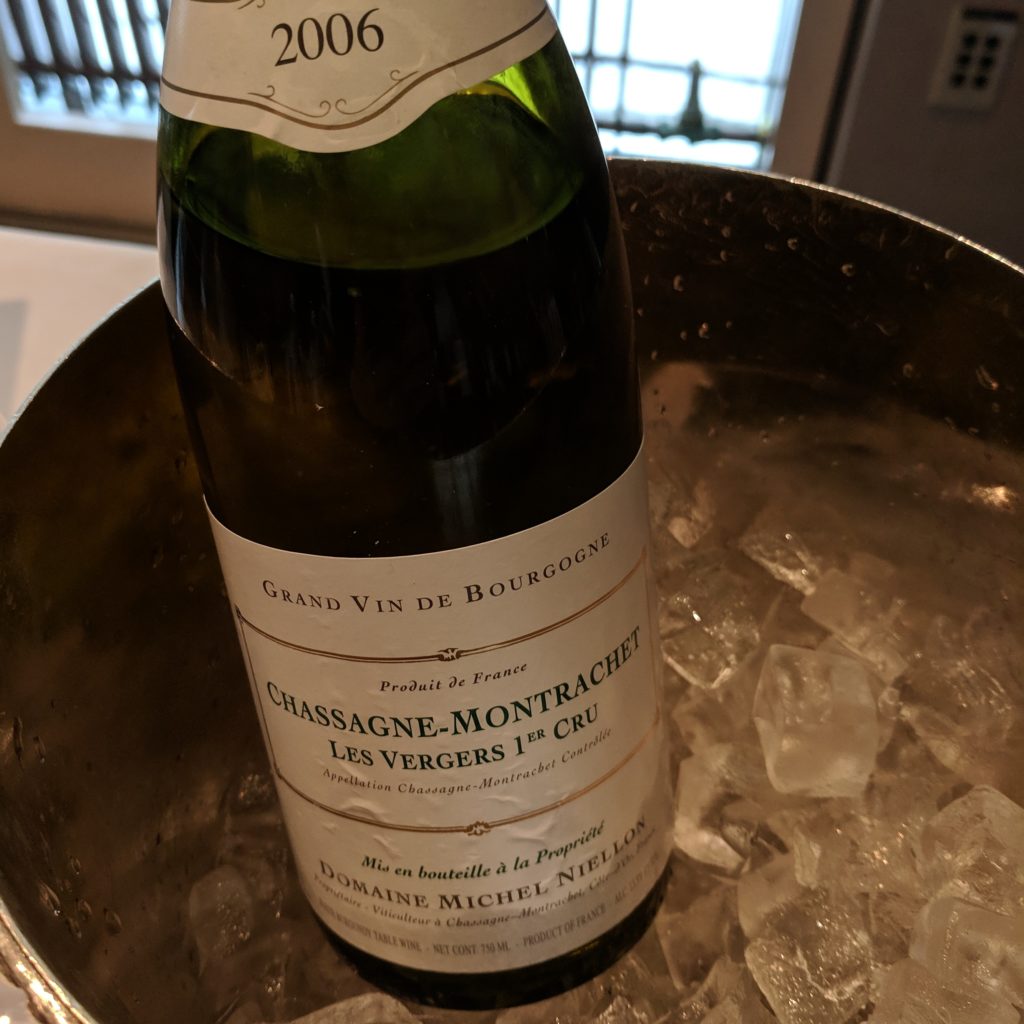
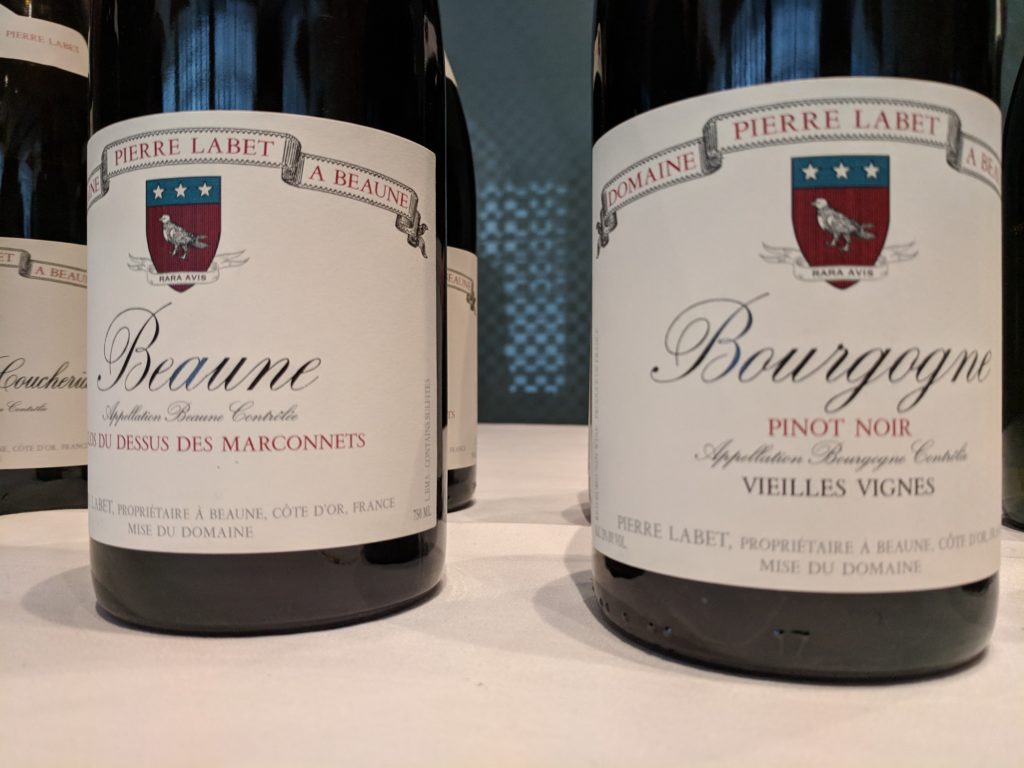
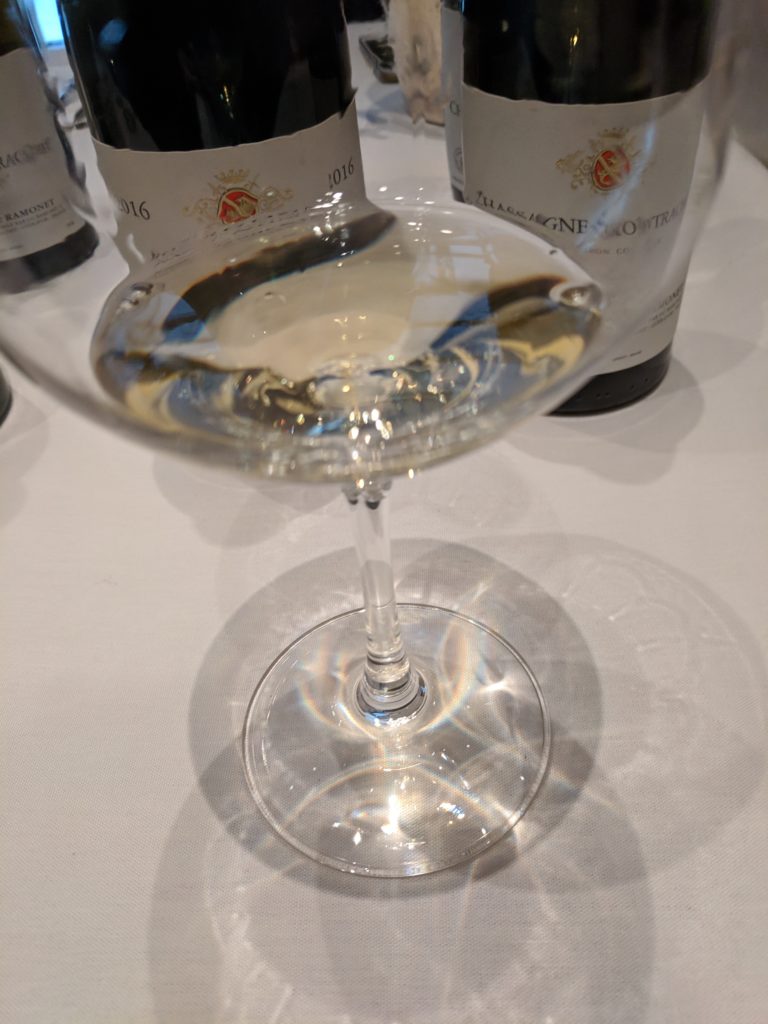

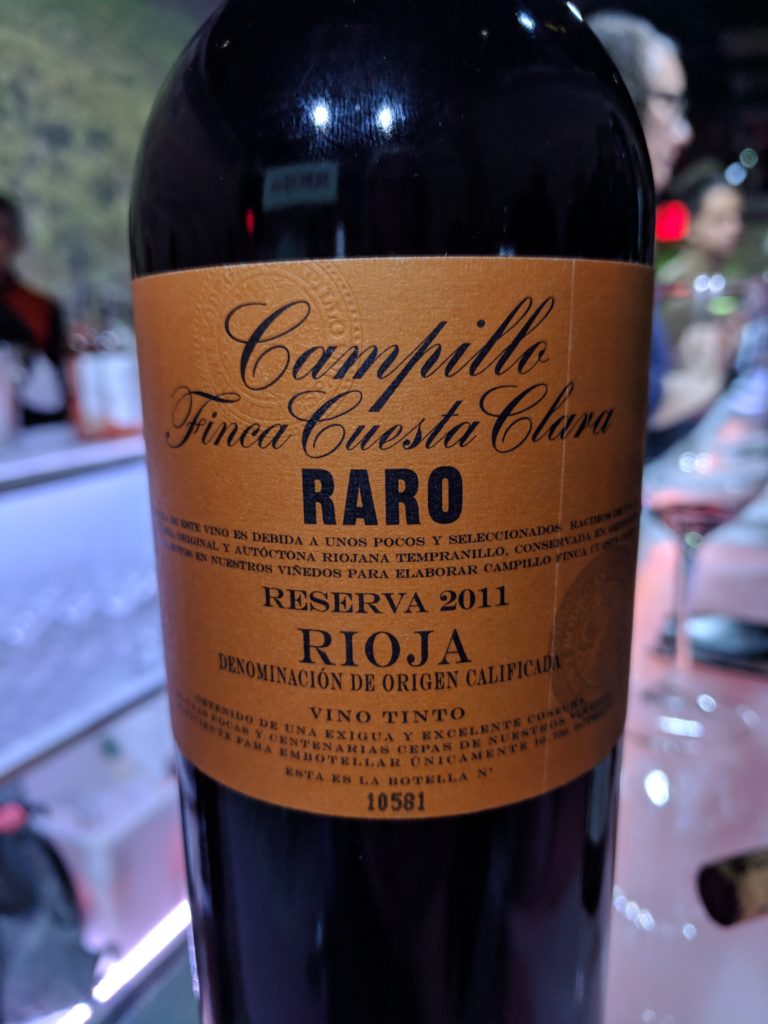

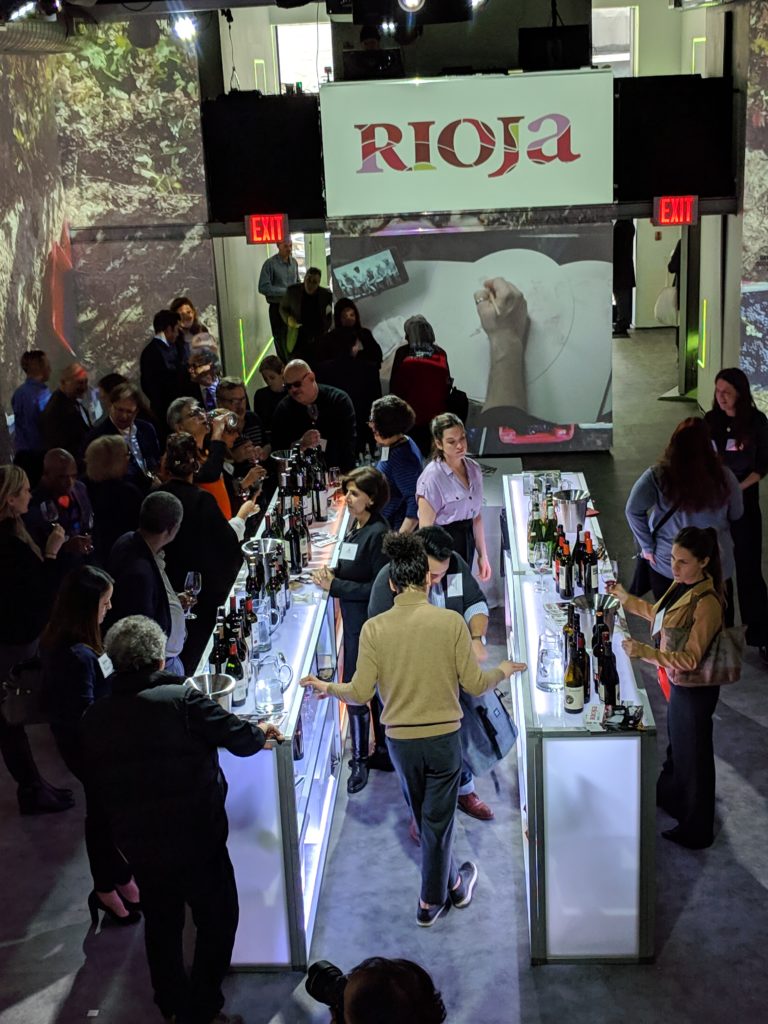
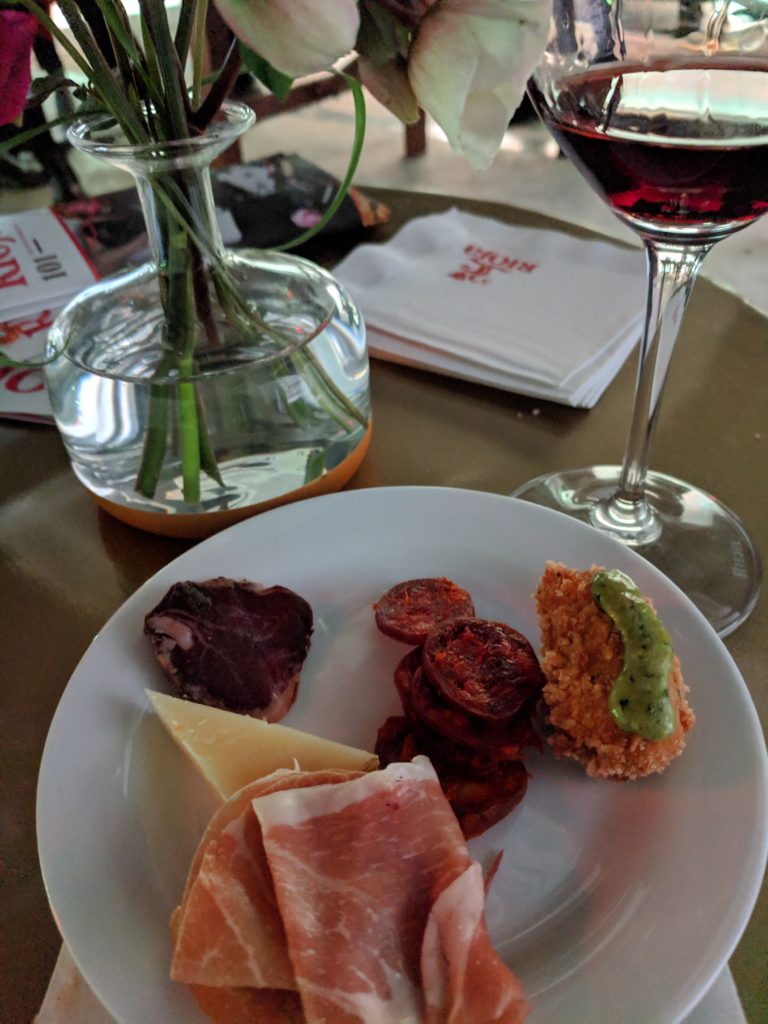
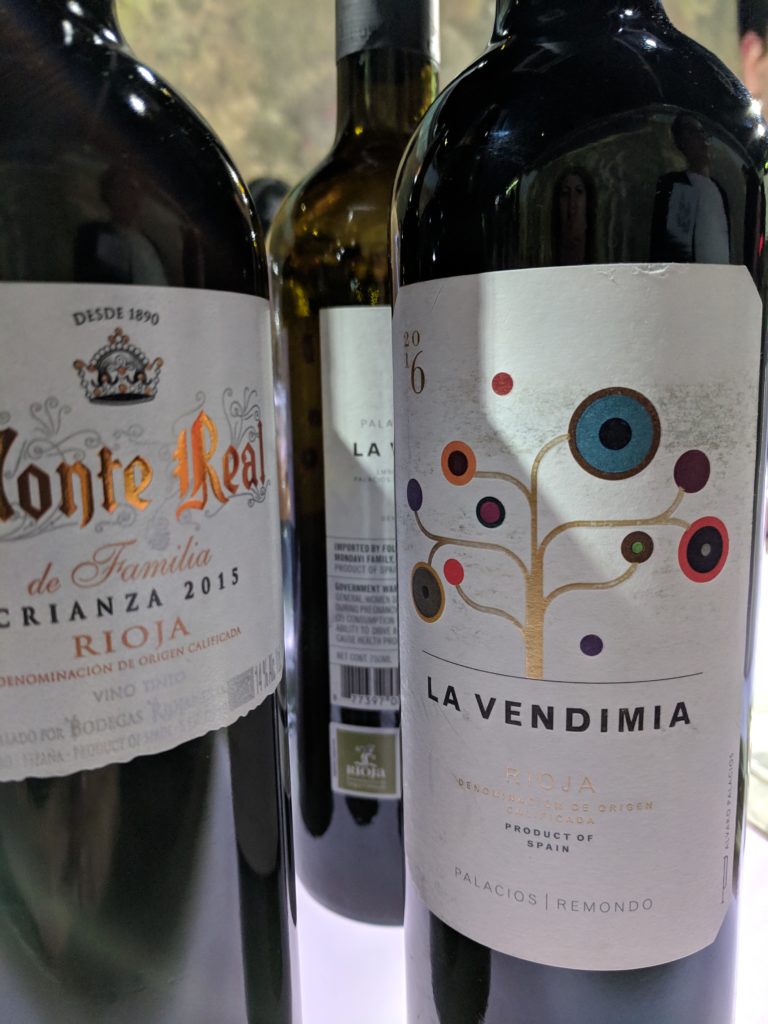
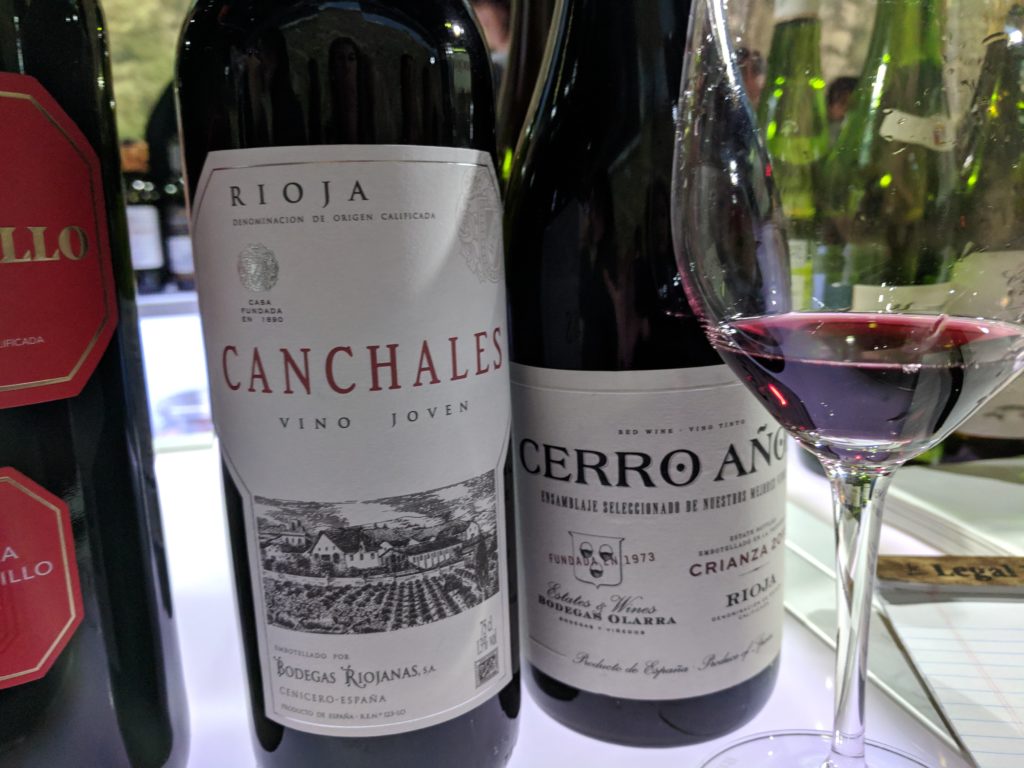
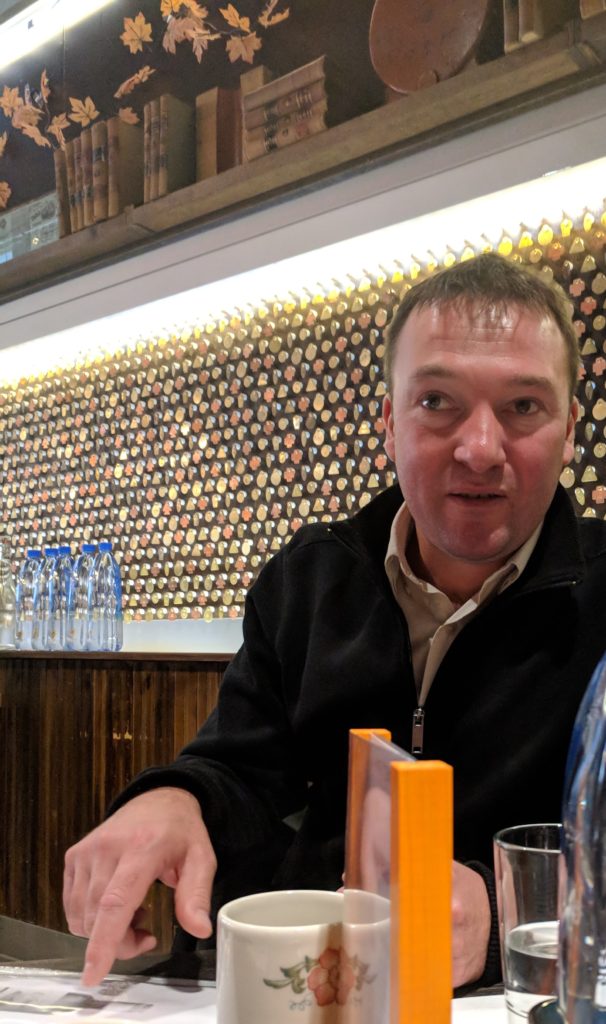 Born, raised and educated in Burgundy, Thibaut Delmotte launched his wine career doing three harvests each in Burgundy and Bordeaux before taking a year off to travel throughout South America. He booked an open ticket, headed to Buenos Aires and visited Argentina, Chile and Brazil, eventually finding himself somewhat settled in Salta teaching French at the local Alliance Française.
Born, raised and educated in Burgundy, Thibaut Delmotte launched his wine career doing three harvests each in Burgundy and Bordeaux before taking a year off to travel throughout South America. He booked an open ticket, headed to Buenos Aires and visited Argentina, Chile and Brazil, eventually finding himself somewhat settled in Salta teaching French at the local Alliance Française.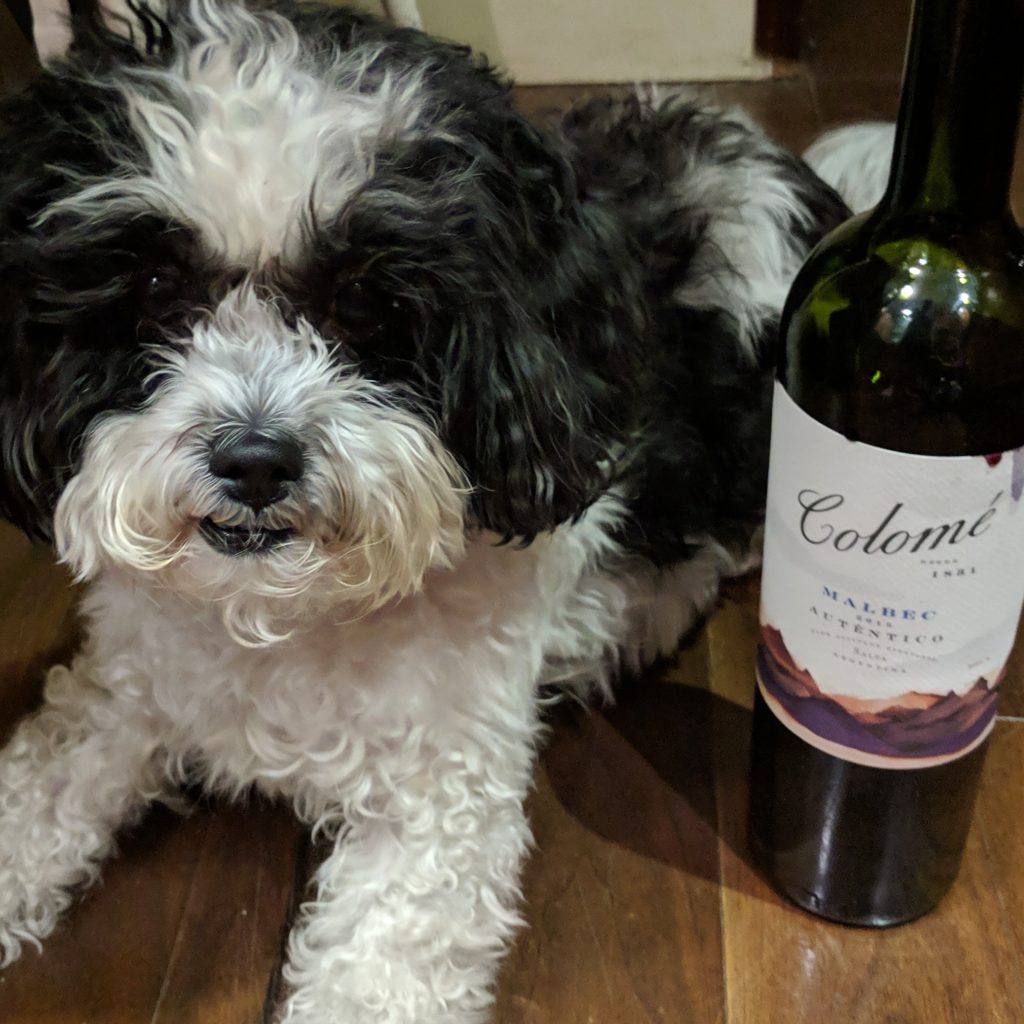 Colome Autentico 2017, Salta, Argentina, $on-premise only
Colome Autentico 2017, Salta, Argentina, $on-premise only